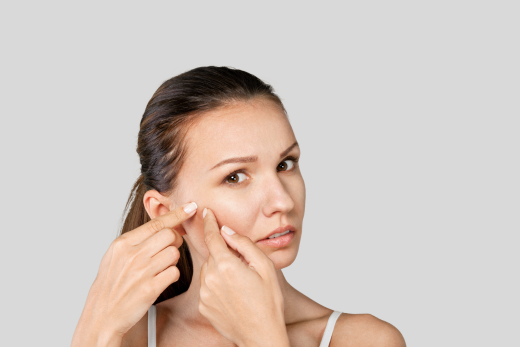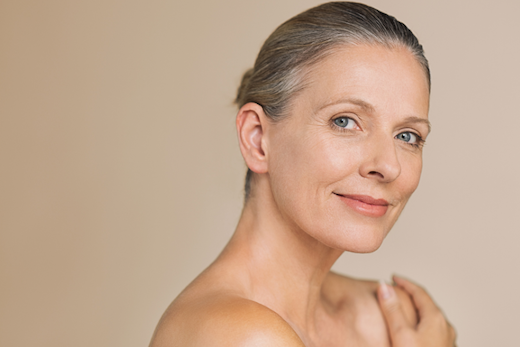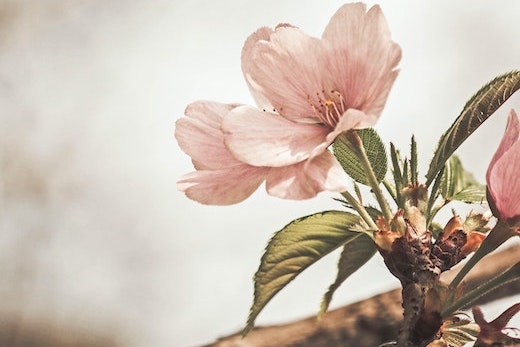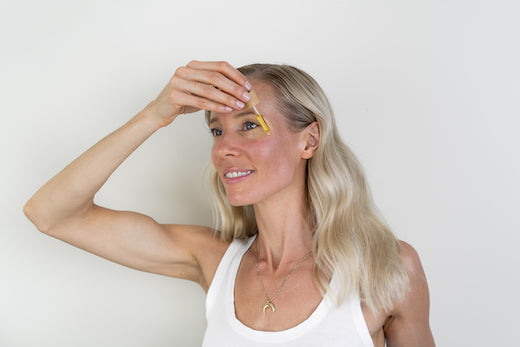When contract manufacturing with a lab, skincare brands are often asked by R+D specialists to define their “no no” ingredient list. LAXMI’s is extensive, and most likely frustrating to our chemist partners. It’s true, however, that the following actives (considered off-limits for us) are still prevalent in the industry. We get it – brands invest time and huge sums of money into developing, testing, scaling, bottling, etc. tried-and-true formulas, especially brands that have been in business a while, and it’s a tough financial decision to update a formula. For this reason, sometimes newer skincare brands offer safer, or at least more modern, alternatives to classic formulations. We recommend perusing ingredient listings before purchasing your favorite personal care products to make sure you understand what’s inside.
We Recommend Avoiding…
1 – Perilous “P” Ingredients (Parabens, Pthalathes, Phenoxyethanol, Petroleum)
Not all ingredients beginning with “p” are bad news. For example, Papaya Extract and Probiotics are excellent. But these particular Ps are linked to scary health conditions (such as endocrine disruption) and toxicity levels with the body. Some, such as phenoxyethanol, are even restricted in other countries, such as Japan. Maybe store these in your phone and reference the document while shopping to make sure you think twice.
2 – Fragrance/Parfum/Aroma (that isn’t designated as natural)
Like you, we prefer using skincare that smells clean and beautiful. The scent is a key part of the overall experience, and often one of the first attributes we experience and evaluate when sampling a product. But since fragrance is considered a trade secret, companies are not required to disclose the ingredients within their selected scent. Therefore, this catch-all ingredient category has become a bit of a loophole, allowing for undisclosed chemicals to stay in formulations without backlash. These days, fragrance companies offer gorgeous, natural scent options that are ideal for formulation, so you can still find pretty products without questionable side effects.
3 – Triclosan
This ingredient’s name is misleading, at least relatively speaking, in that it is short, pronounceable, and safe-sounding. The truth is, however, it is a pesticide – really! – used in cosmetics for its antibacterial and preservation properties. Double check cleansers, deodorants, and other hygiene-related products for this one, as it’s a doozy. The EPA classifies it as a likely human carcinogen linked to cancer, toxicity, and even developmental defects. It has been detected in human blood and breast milk, as it accumulates in fatty tissue. If these reasons aren’t convincing enough, it’s also deadly to many types of aquatic lifeforms. Think of Dory.
4 – Dimethicone
Okay, here we have one that sounds a little more unnerving. This one makes our list for an important reason: vanity. Atlhough this man-made silicon polymer is FDA approved for usage (and, we must admit, it feels nice gliding across our skin), it actually makes dry skin worse over time. It sits on the epidermis barrier like a film, not letting anything in or out (think about it…where is sweat and bacteria to go? Oh, back in our pores), and it can agitate sensitive or reactive skin. Dry skin eventually becomes dependent upon this supplemental layer, and then when it goes without, its natural processes go haywire. Additionally, this ingredient is non-biodegradable, so our environment suffers as we try to look beautiful. Not fair.
5 – Lanolin
We admit, this one is not in the same class as the others on this list. It ranks a 1 on the Skin Deep index, meaning it is quite safe, and it’s even recommended by most hospitals for nursing mothers and newborns. We just thought you should know that most of the time, this ingredient is extracted from the oil glands of sheep, specifically from their fur. If you have no issue with this concept, we understand, but with beautiful, botanical moisturizers out there – including our Pure Nilotica Melt – there is no reason to use this antiquated, animal-derived ointment.
We could go on, but we don’t want to overwhelm with information. As always, please contact us on social or at hello@bylaxmi.com with any questions about these or other ingredients. What are some of the ingredients on your personal “no no” list?
Yours,
Leila




